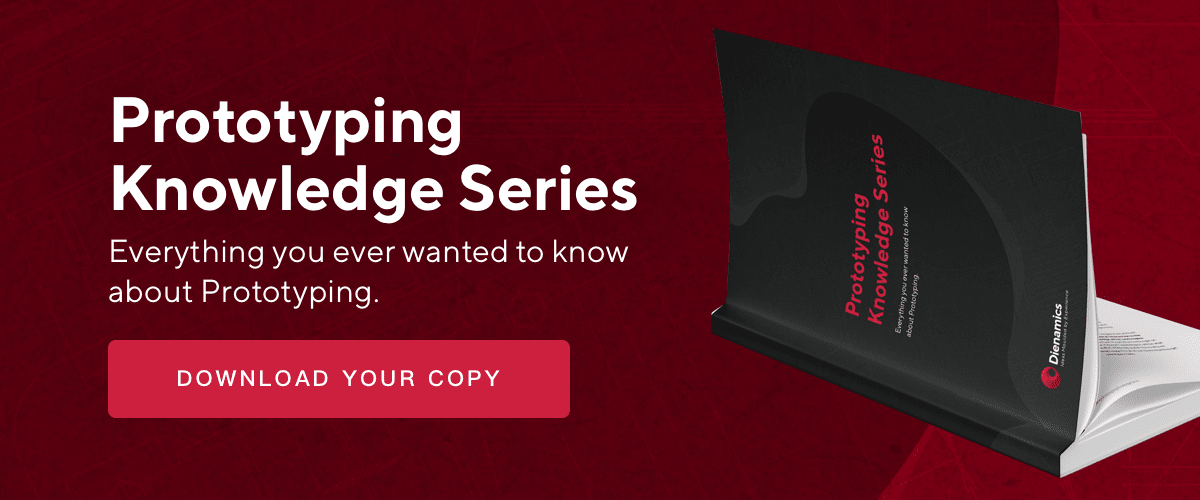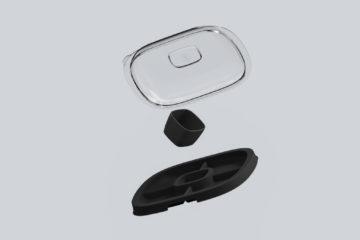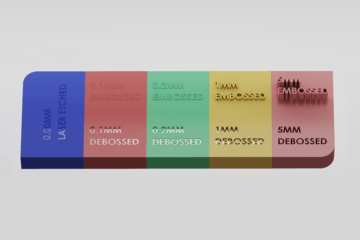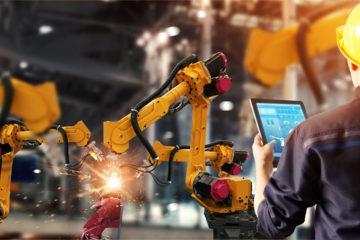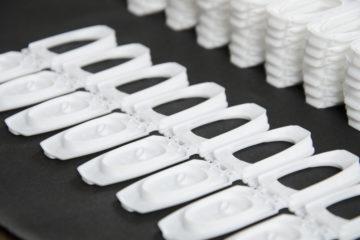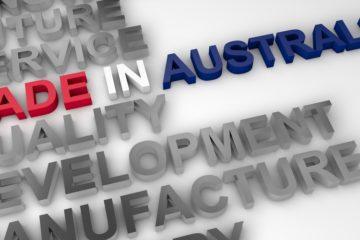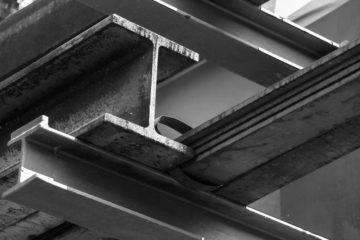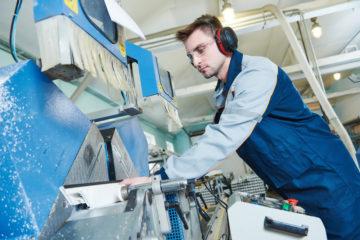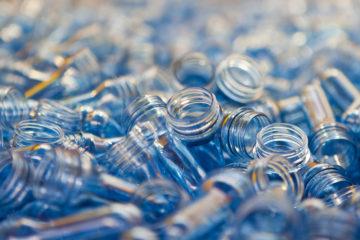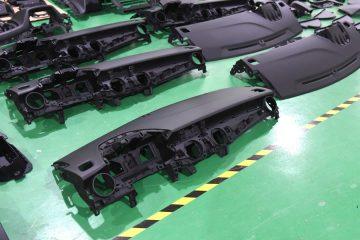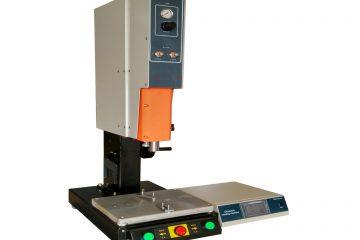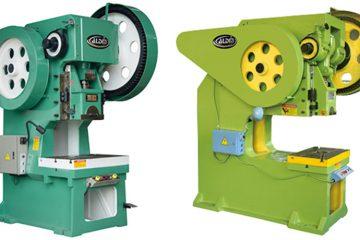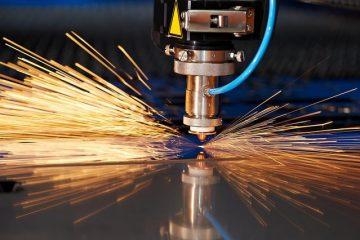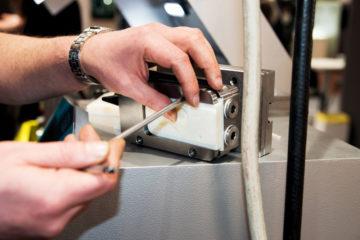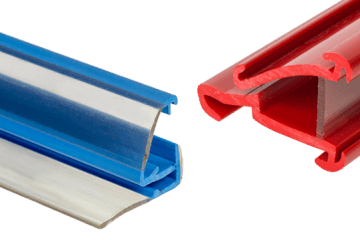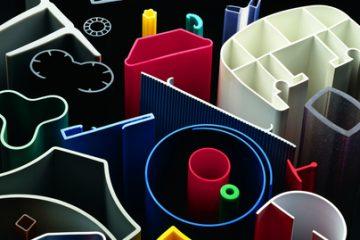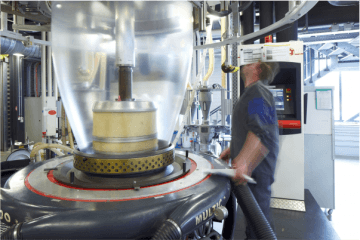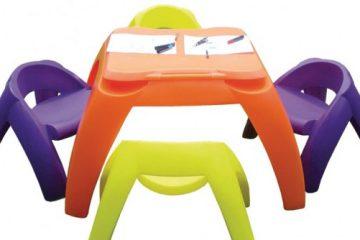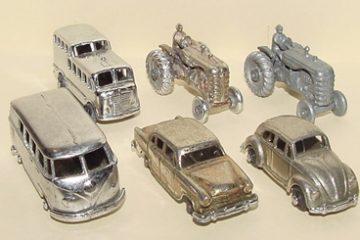Author: Jack Gurr
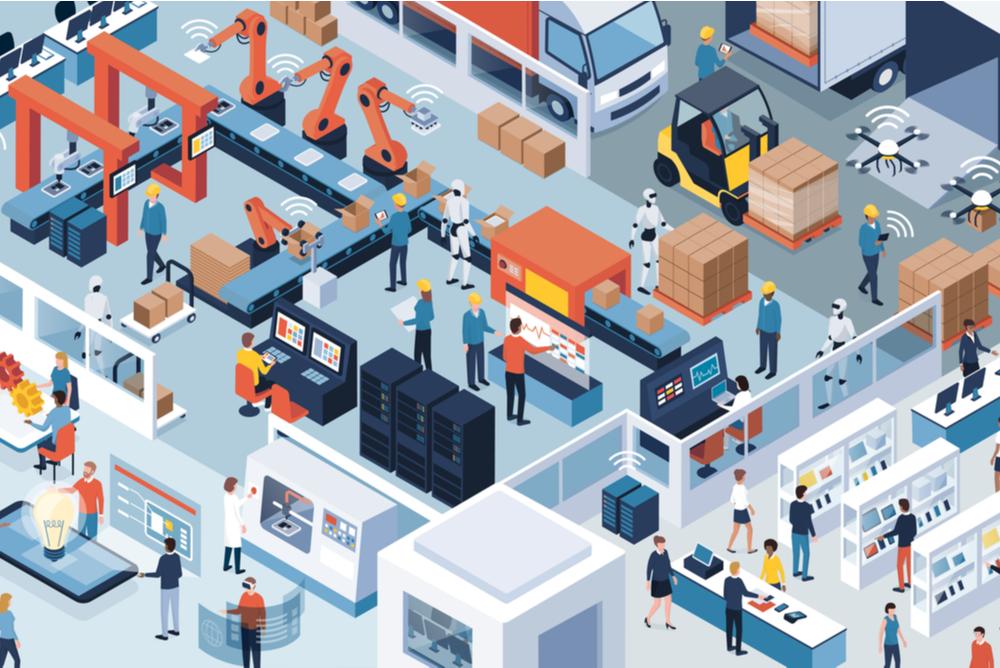
Product manufacturing can sometimes seem like a mysterious process that requires firsthand experience to understand. In this article, we will take a look at the 4 main steps you need to take to manufacture products – keep an eye on our blog in the coming weeks as we break down each of these steps individually.
The product manufacturing stage comes after the product design process is complete. Normally the design has been proven and tested via prototyping. The first step in this process is tool making.
Step 1 of Product Manufacture: Tool Making
The tool making process is normally broken down into 4 steps:
Stage 1: Tool Analysis
During this stage, the toolmaker is reviewing the parts to see how best to approach the tooling design stage. Some features to consider is the plastic material, if tooling slides are required, ejector location, gating of the parts, draft on parts, and how the parts shut off. This is also a good time to bring up any design changes that may benefit the production of the part.
Stage 2: Tool Design
The tool design must incorporate systems of cooling, injection, ejection, and slides (if required). All these systems are represented in a 3D model that will be generated. This CAD model of the tool is crucial for the toolmaker as it is his roadmap to the construction of the mould – just like how a builder has plans when building a house.
Stage 3: Tool Production
The tooling production is when the tool is constructed. This can involve machining techniques such as; wire cutting, CNC machining, electrical discharge machining and many more.
Stage 4: Off-Tool Sample Review
Once the tool is complete, it will be mounted in a moulding machine and run for the first time. The parts are reviewed to make sure that they are coming out with the correct dimensions and physical appearance. This is also a good time to check all the systems mentioned in stage 2 are working as they should.
Step 2 of Product Manufacture: Mass Production
After the off-tool samples are approved, the tool can be mounted and put into production. From here a trained moulder (moulding machine operator) will mount the tool in a moulding machine and run the required number of parts.
Step 3 of Product Manufacture: Assembly
Assembly always varies from product to product. Depending on the complexity of the product, this will dictate the time it takes to assemble the product. By using jigs and automated robots, this assembly time can be reduced.
Step 4 of Product Manufacture: Packaging
The packaging stage can start directly after the design of the product has been approved. This way the packaging is ready to go as soon as the production and assembly is underway. You will need a graphic designer that specializes in packaging to create a flat pack map of the graphics for the packaging manufacturer.
Who can help with the manufacture of your product?
Here at Dienamics we are incredibly passionate about manufacturing products and ensuring your business succeeds, we know who to manufacture products to the highest standards. The personalised services and support that we offer simply cannot be replicated.
For more information about Dienamics and how we can help make your product idea come to life Get in Touch with our team of experts.
Subscribe to Our Newsletter
Get the latest news from Dienamics into your inbox





